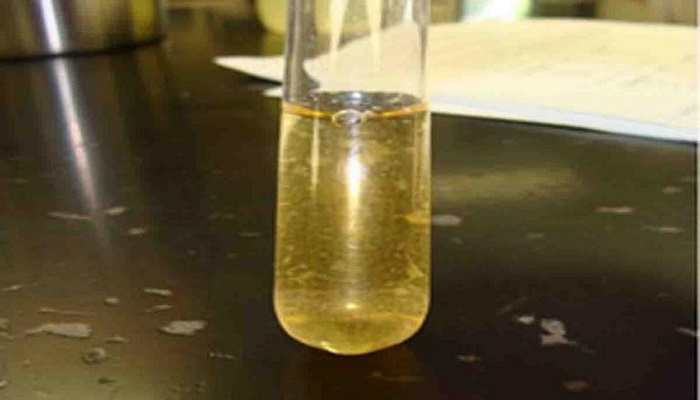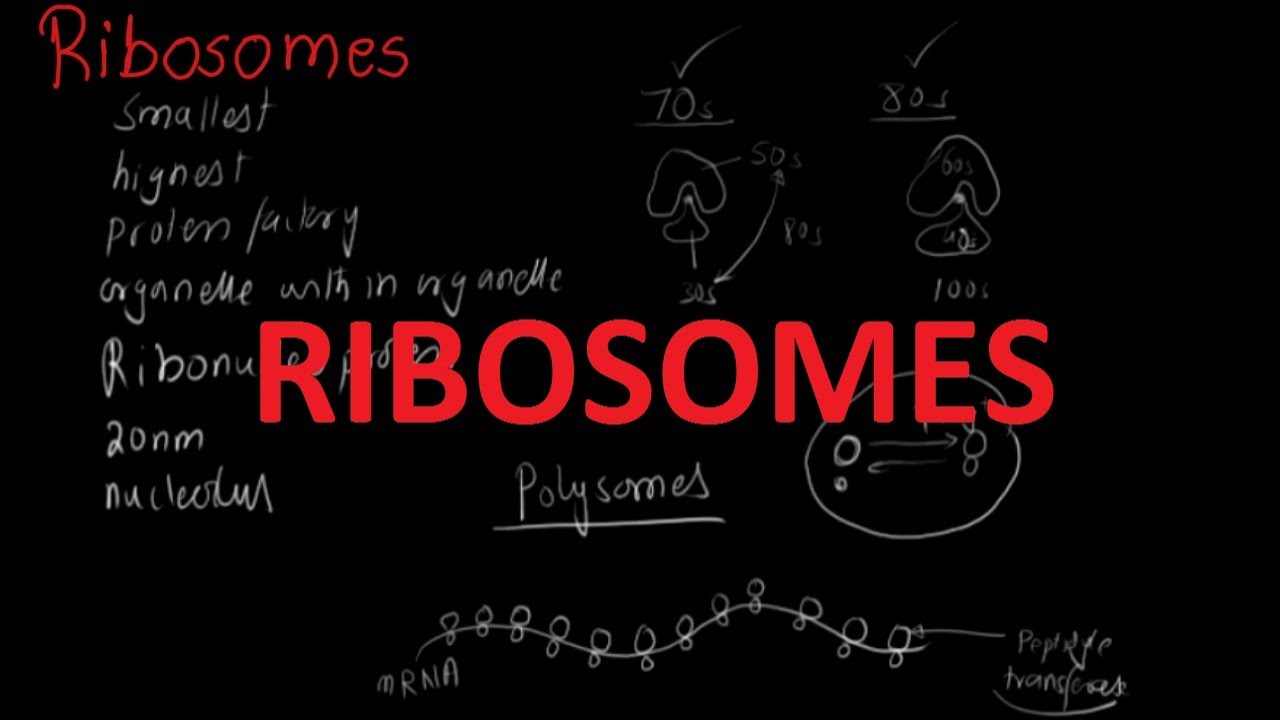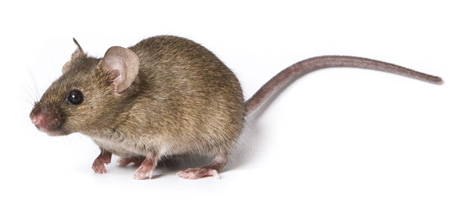Agar, a nutrient-rich Jell-O-like substance derived from seaweed, provides a solid, moist surface for bacteria to grow on in a laboratory environment. Tryptic Soy Agar (TSY) is an all-purpose growth medium commonly used in microbiology labs, as it will grow many different types of bacteria.
The agar, in powdered form, is mixed with water and then the mixture is bottled, capped and sterilized in an autoclave. Like Jell-O, growth agars are liquid when hot and solid at room temperature. While the medium is hot, it can be poured into sterile Petri dishes. This must be done carefully, using aseptic technique, so that the media remain sterile until inoculated with a bacterial sample. Once the agar has cooled, bacterial samples of interest can be transferred to the solid surface of the medium.
Specialized Bacterial Growth Media
In addition to the general TSY agar, there are many other types of specialized growth media, each used for a specific purpose. Selective media grow only certain microbes, while differential media exhibit color changes when certain types of bacteria are present. Both types of specialized media provide information about the bacteria growing on them.
Selective Microbiology Media
Selective media have been formulated to grow only certain microbes, and discourage the growth of others. This specialization can aid in the identification and isolation of bacteria. MacConkey’s (MAC) agar is a specialized medium that only grows Gram-negative bacteria. Mannitol Salt agar (MSA) grows only halophilic (salt-loving) bacteria such as members of the genus Staphylococcus.
Differential Microbiology Media
Differential media have been formulated to exhibit a color change in response to chemicals produced by certain bacteria. Blood agar (BAP) is a nutrient-rich media made with 5% sheep’s blood. Bacteria, such a Streptococcus pyogenes, the cause of strep throat, produce enzymes able to destroy blood cells removing the blood-red color from this medium.









